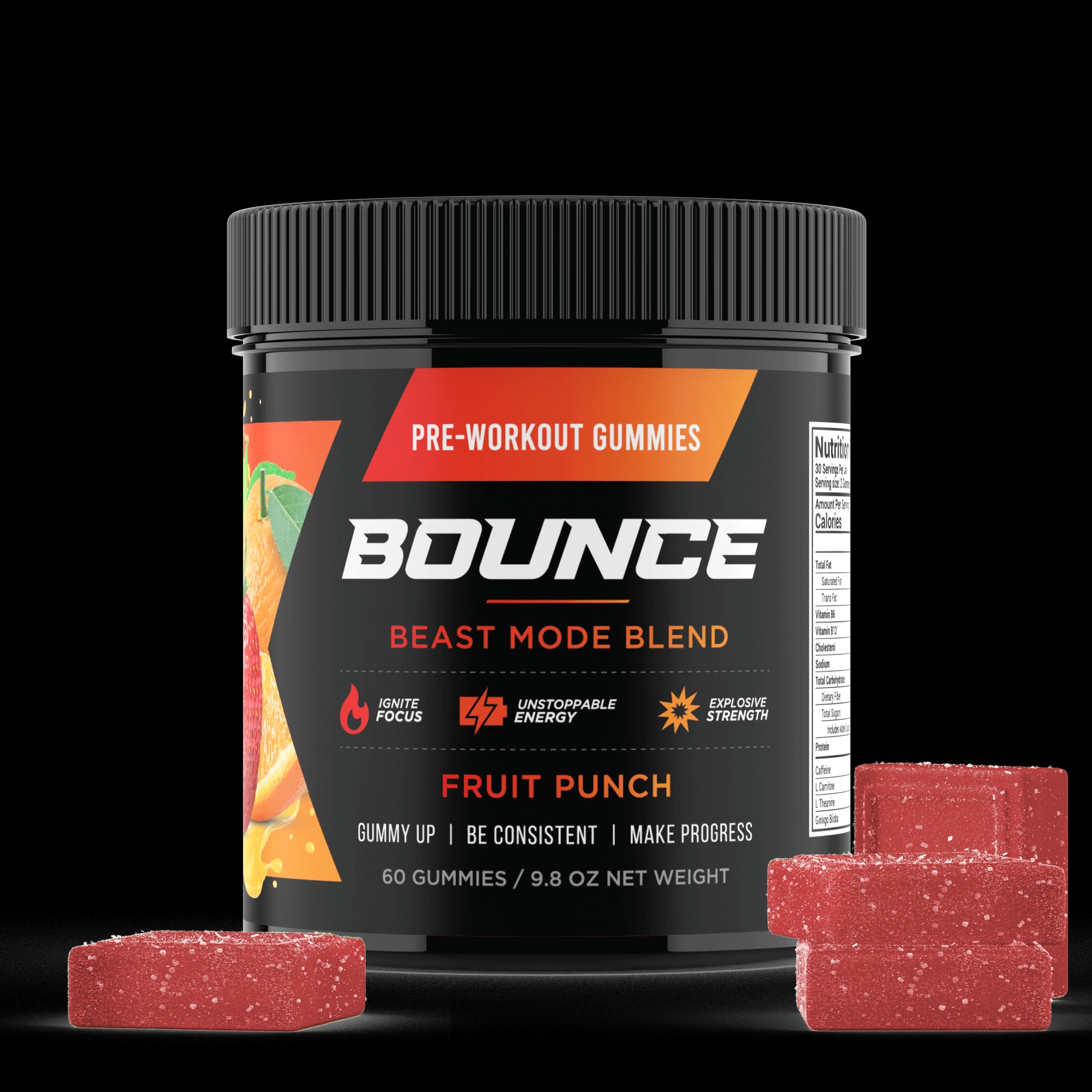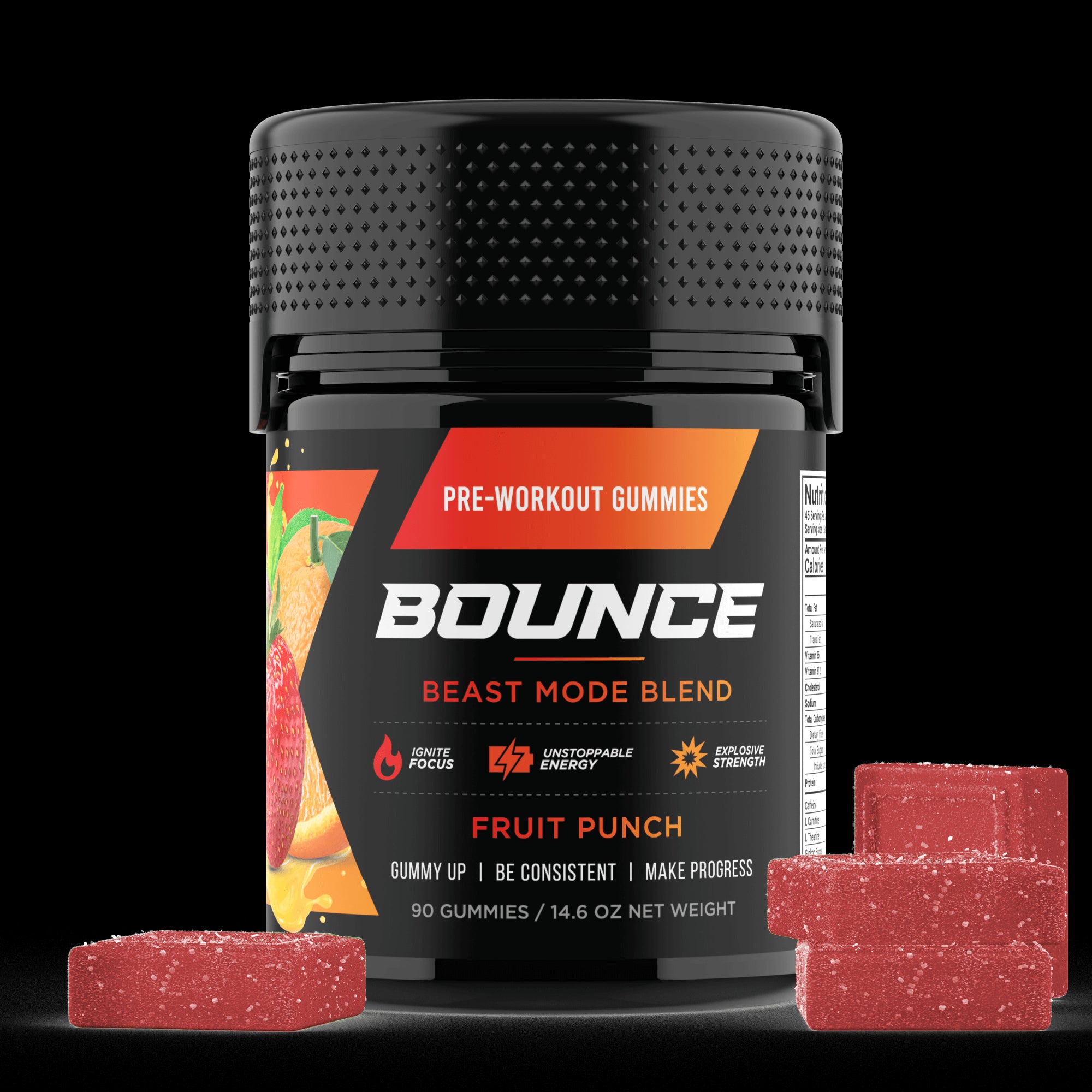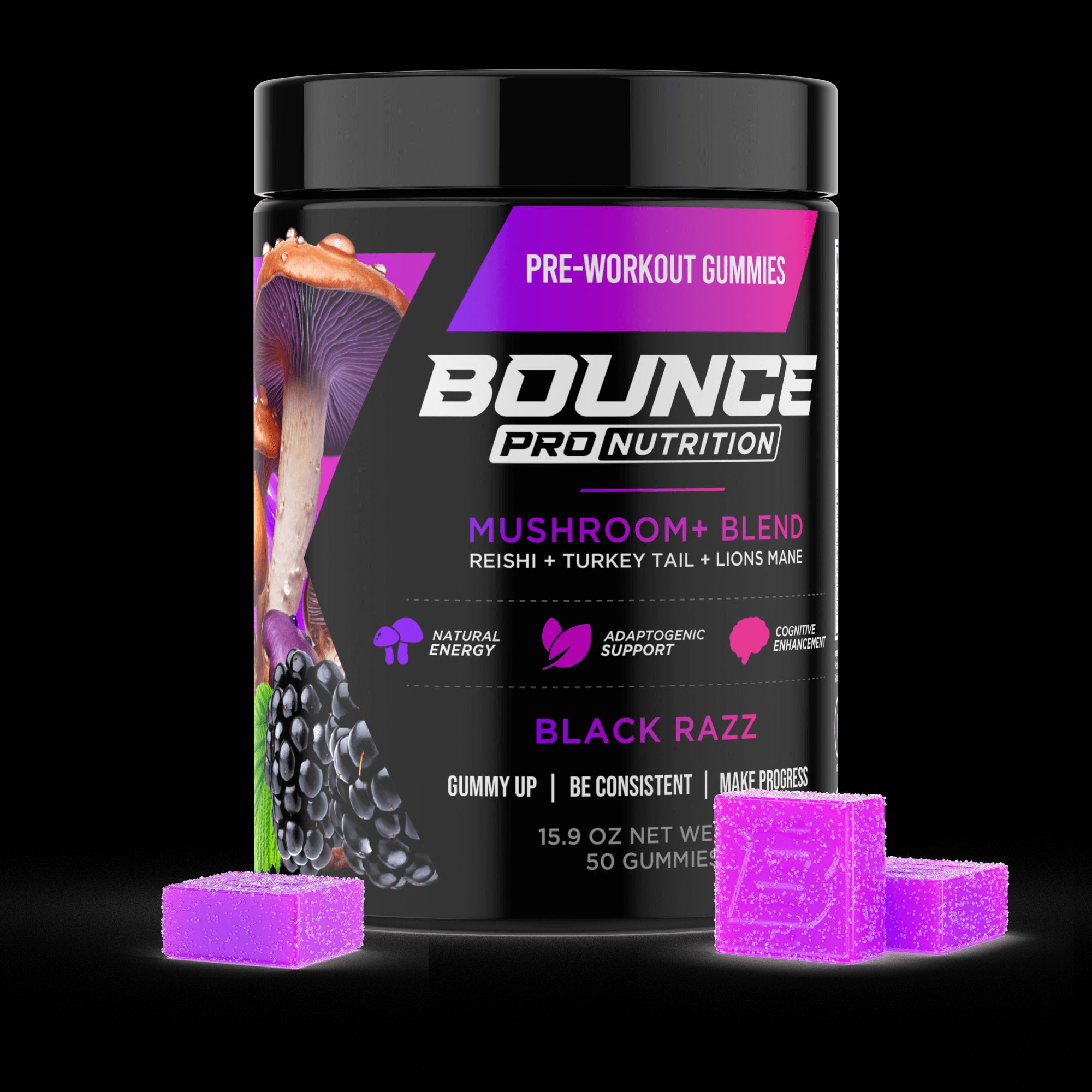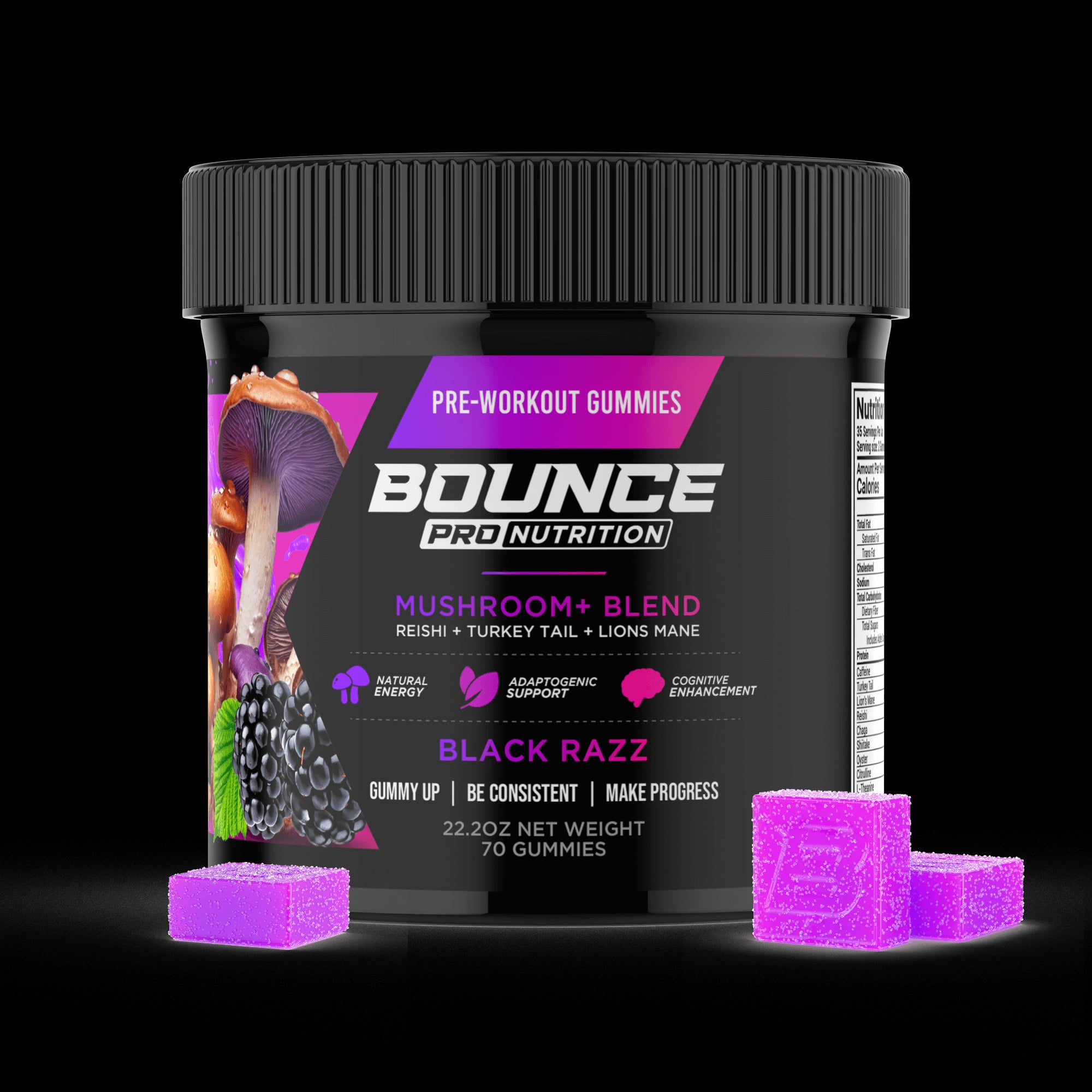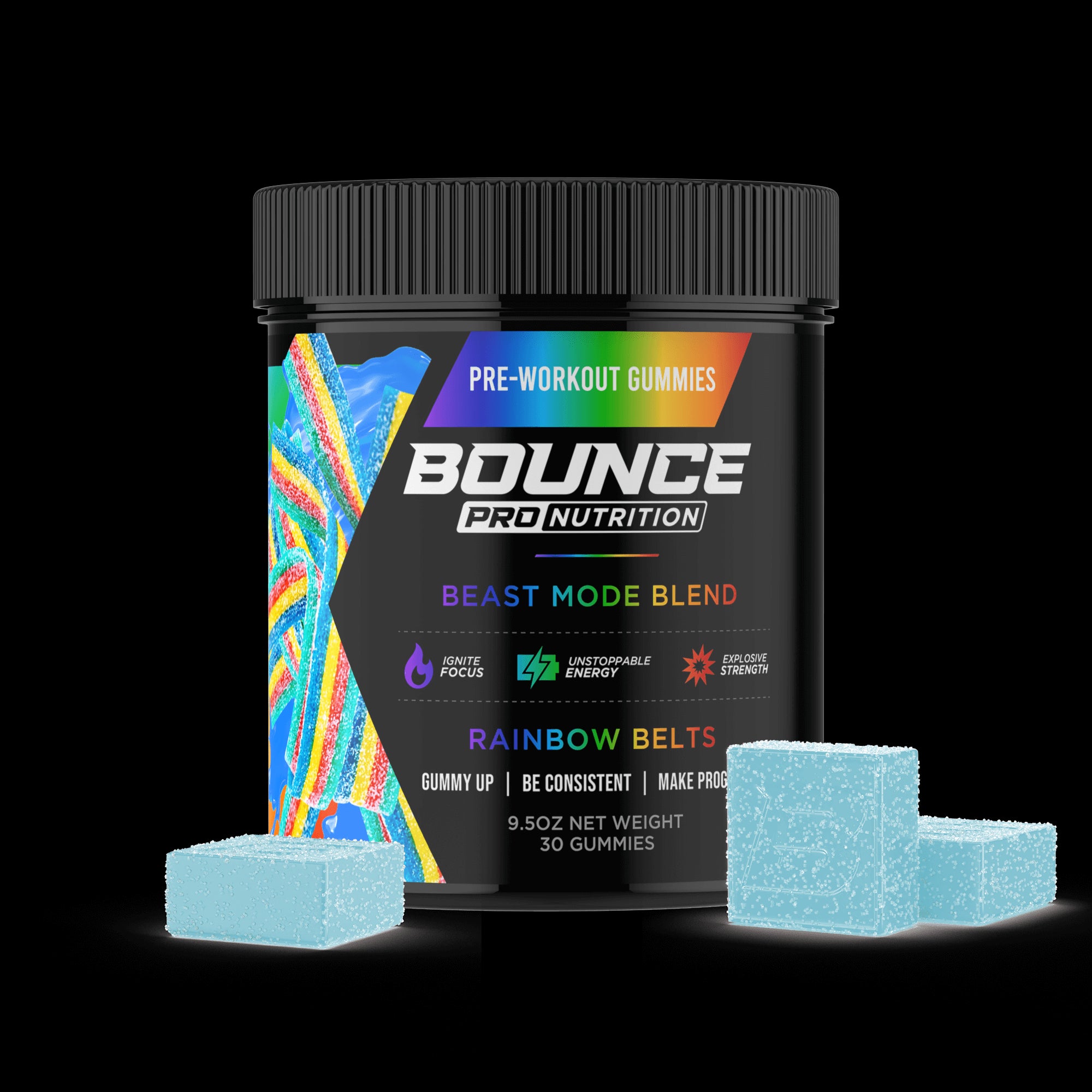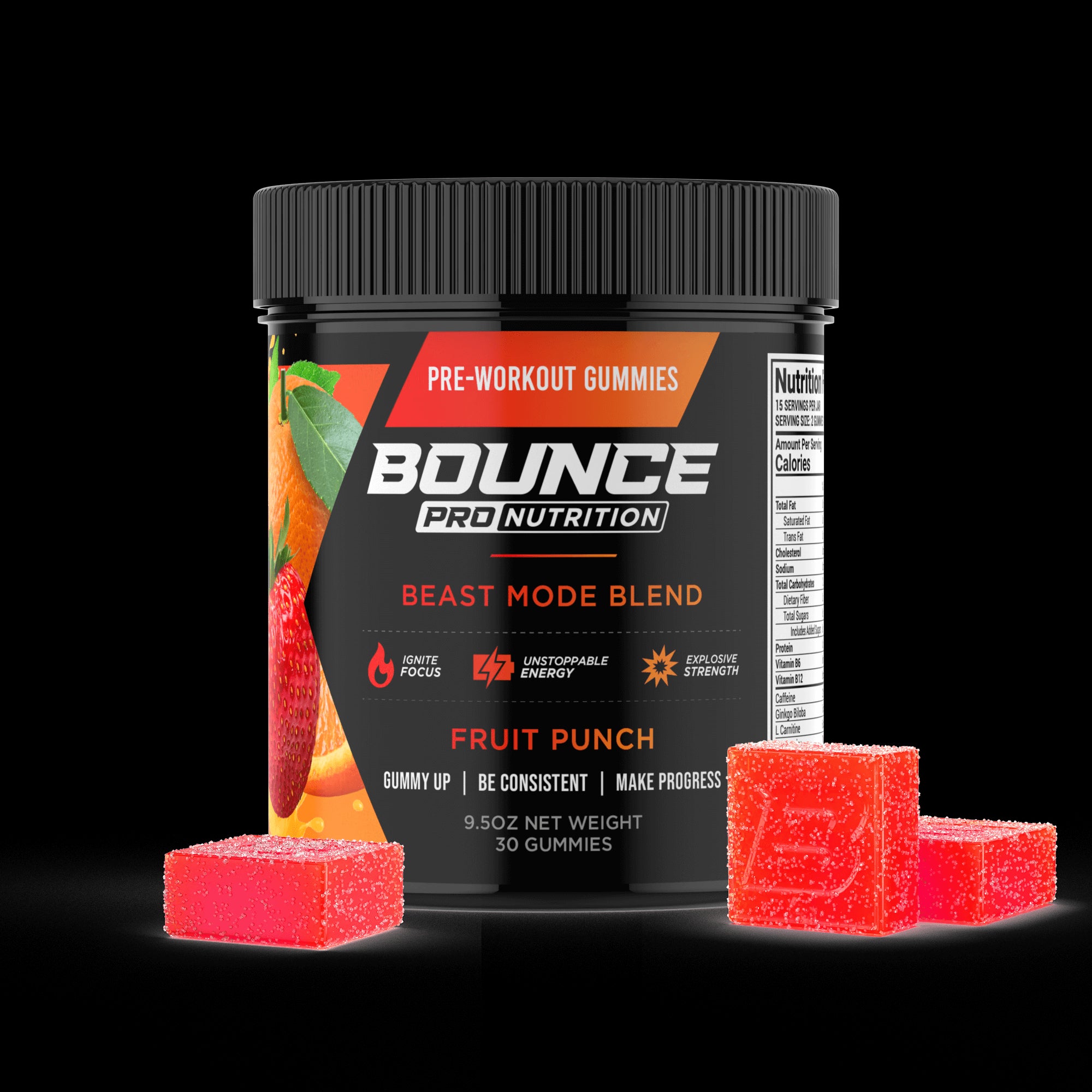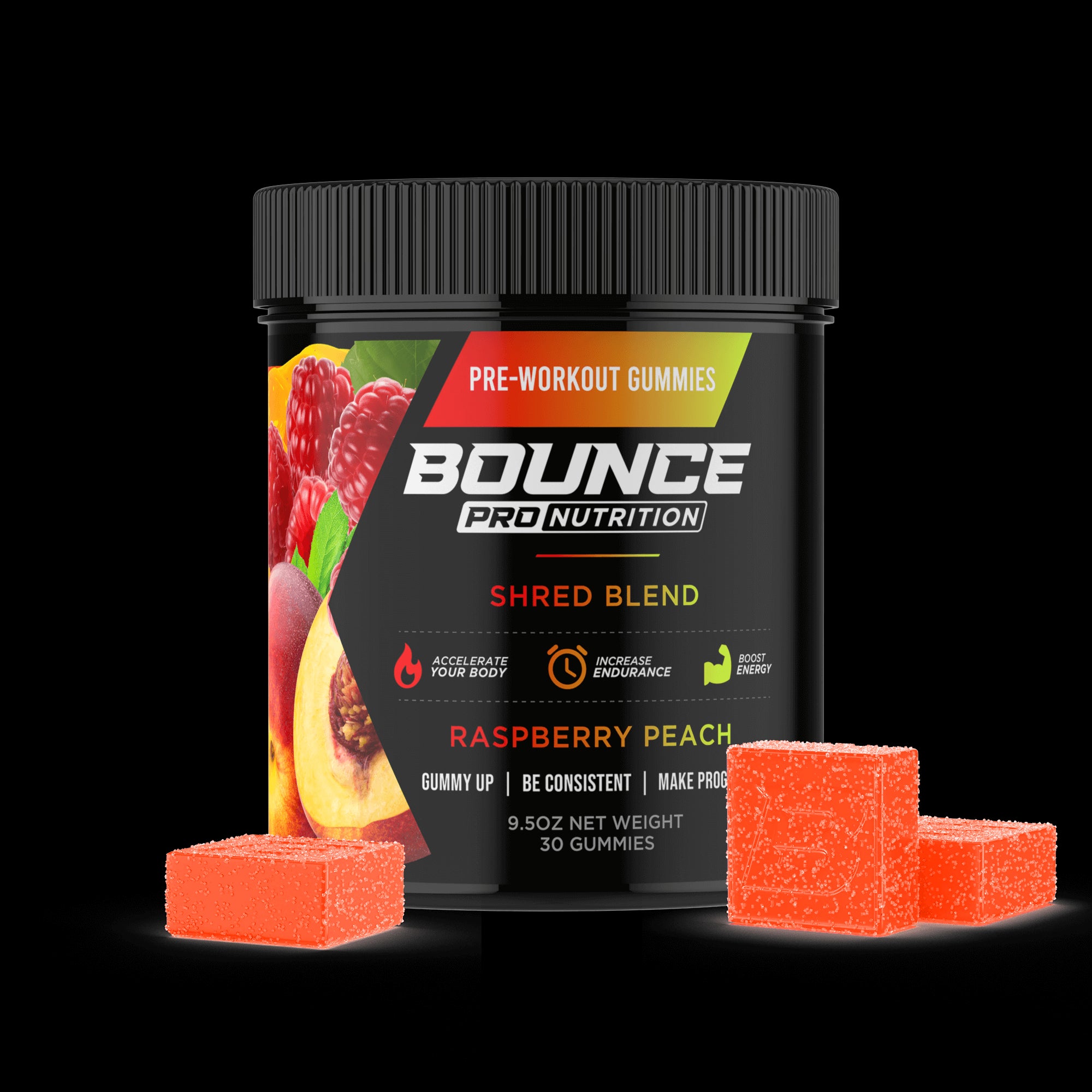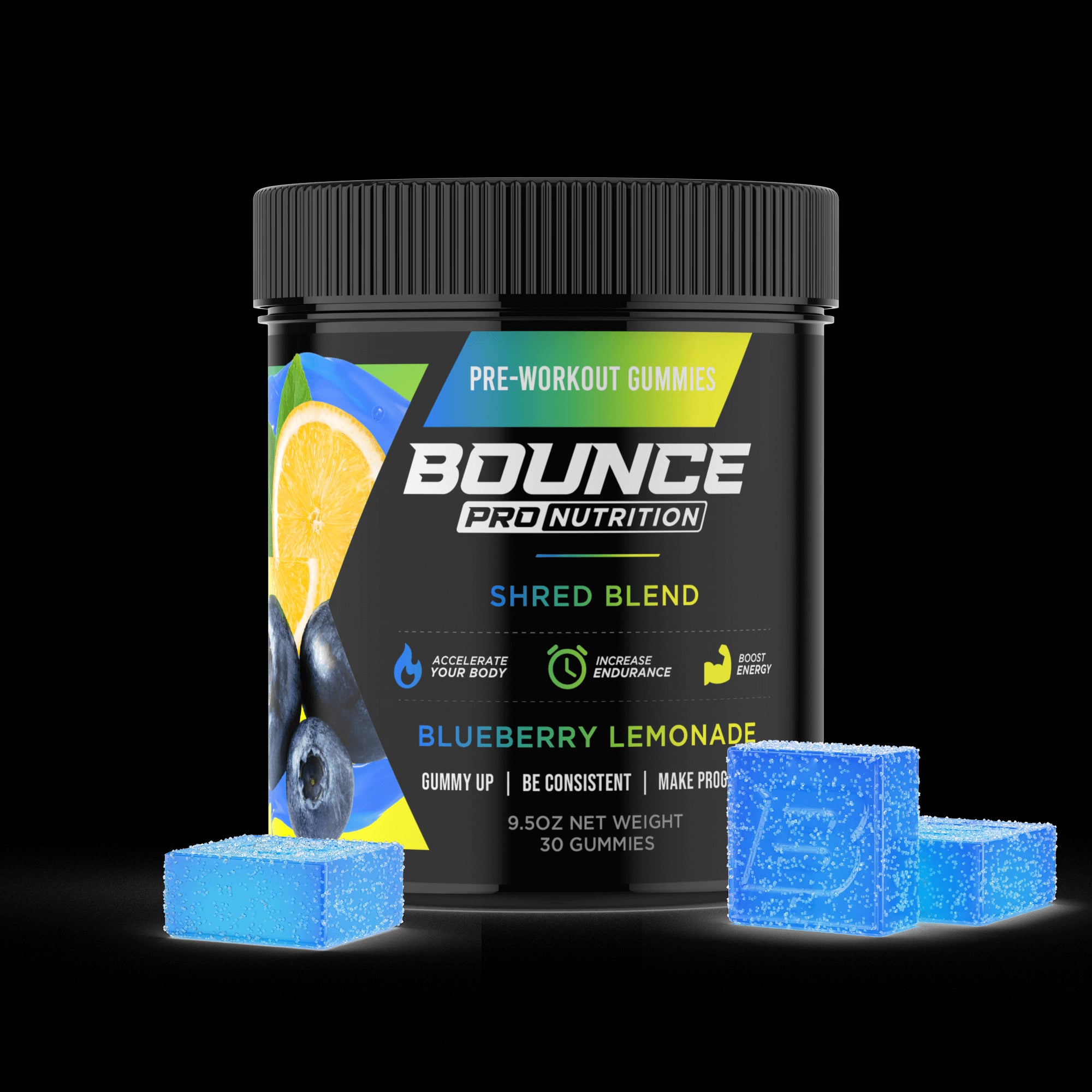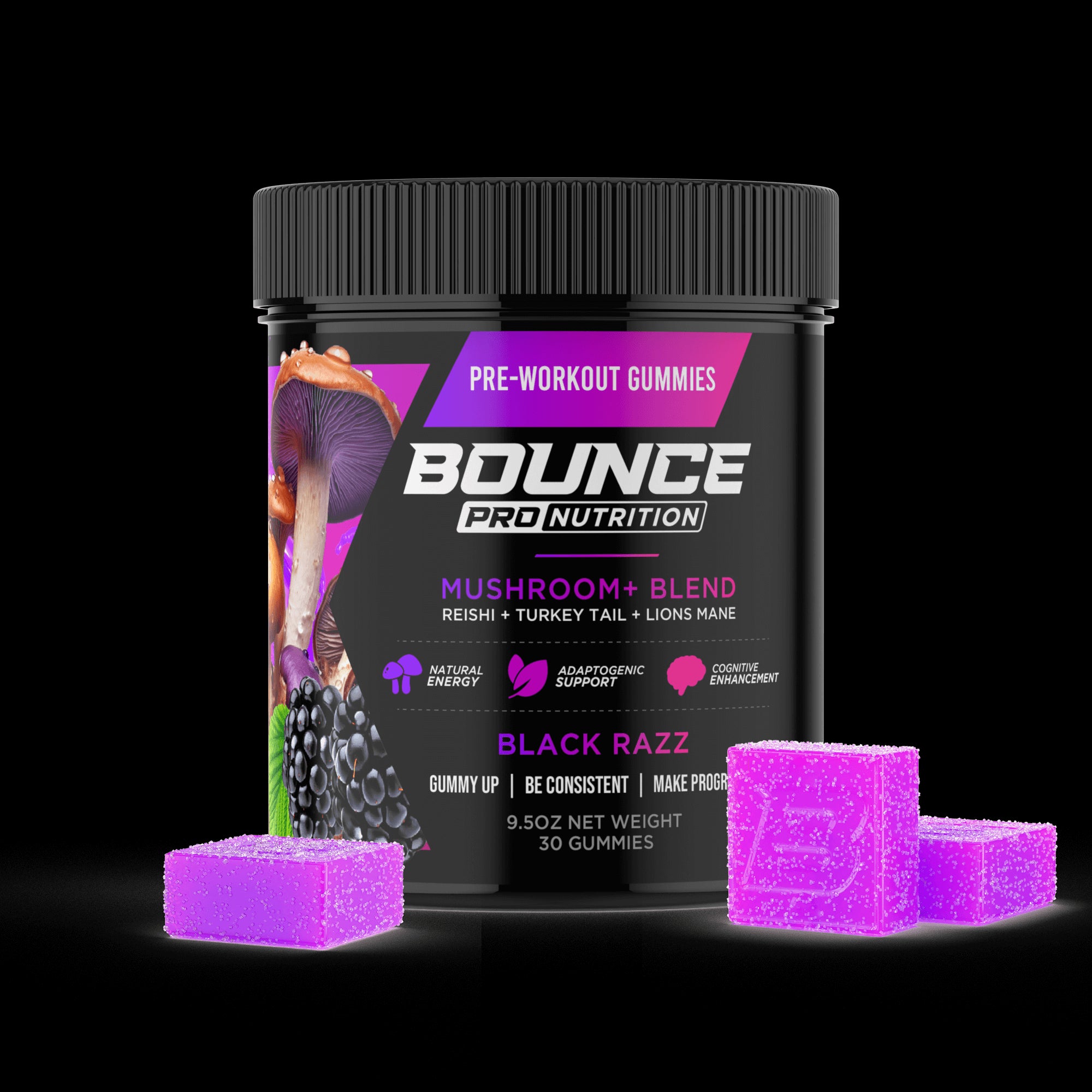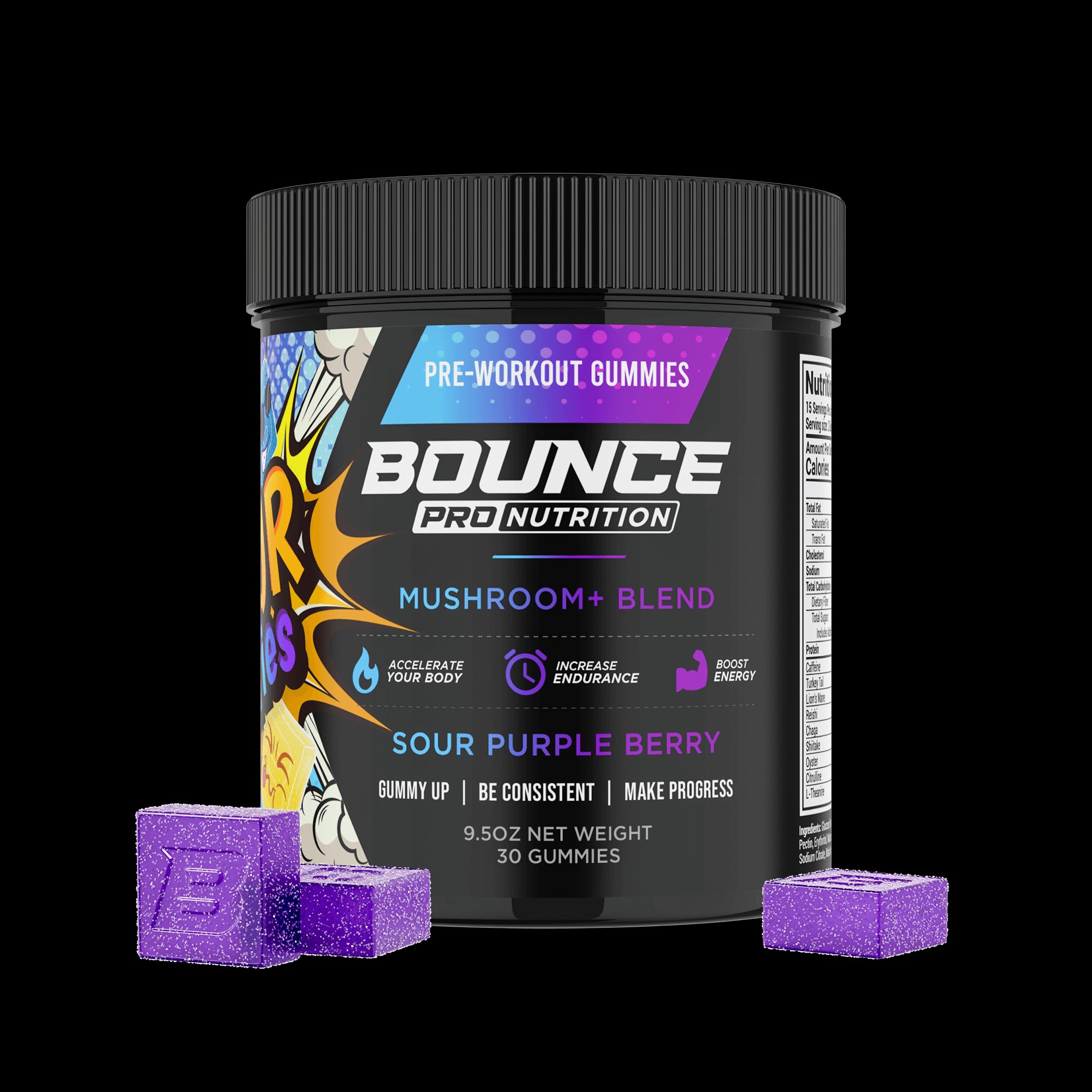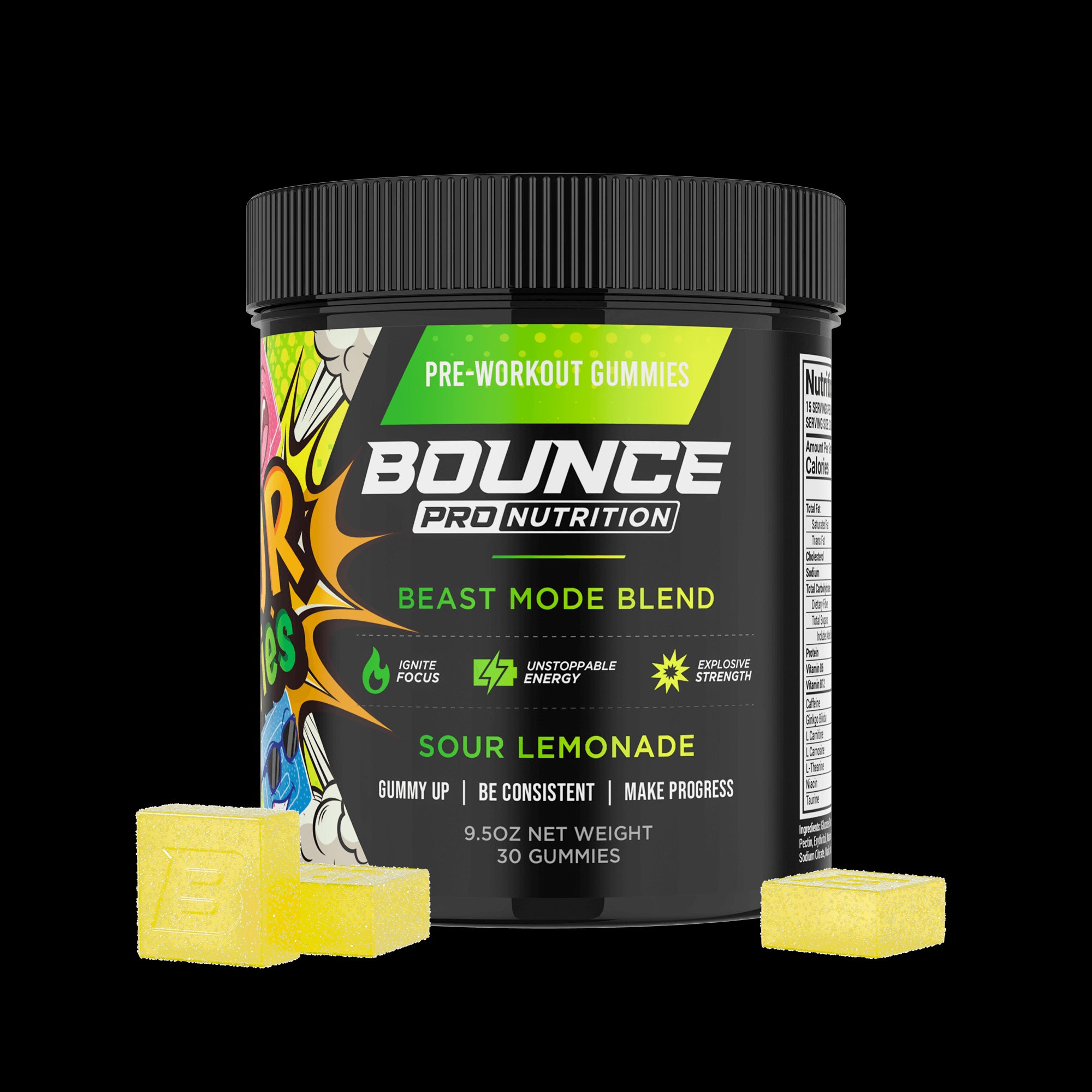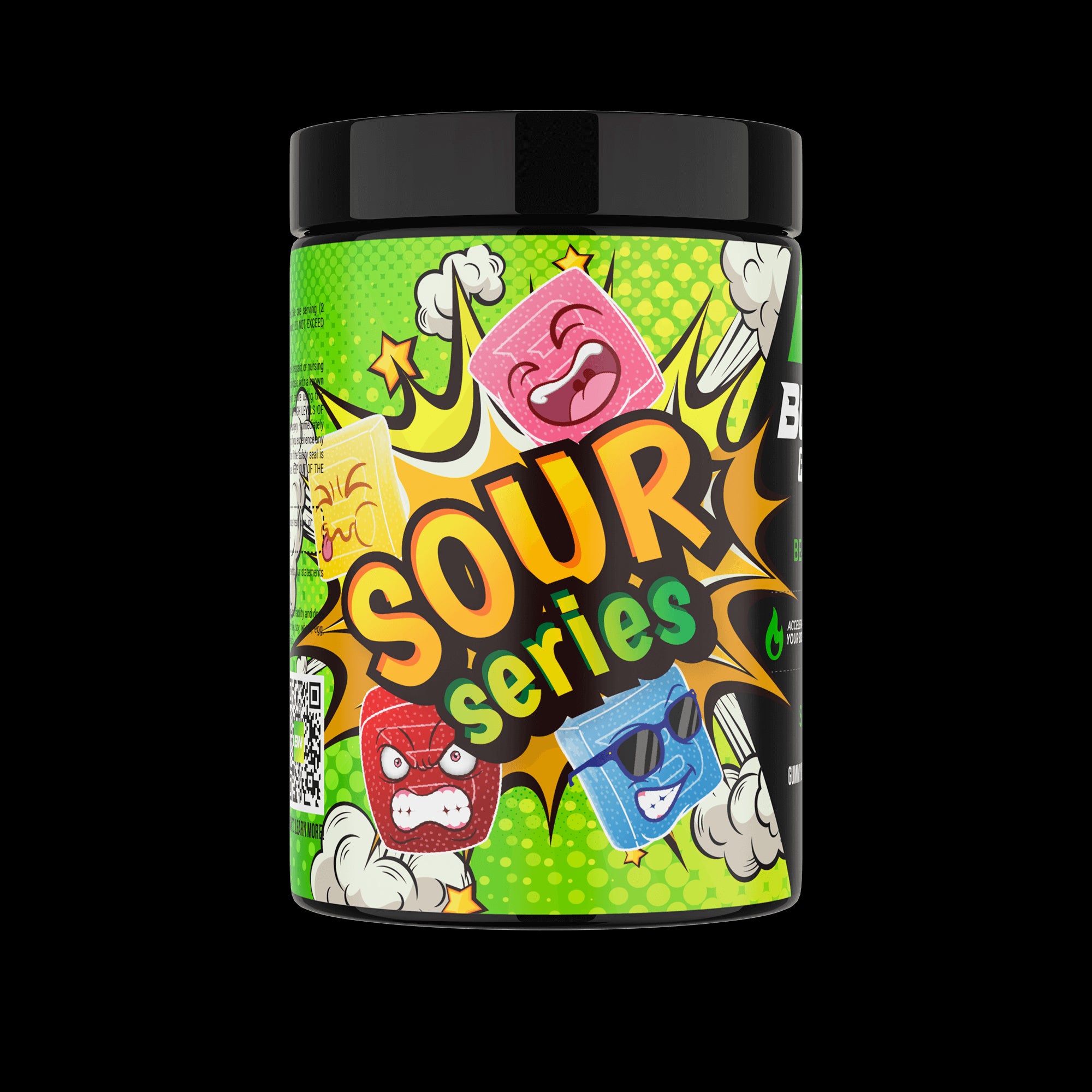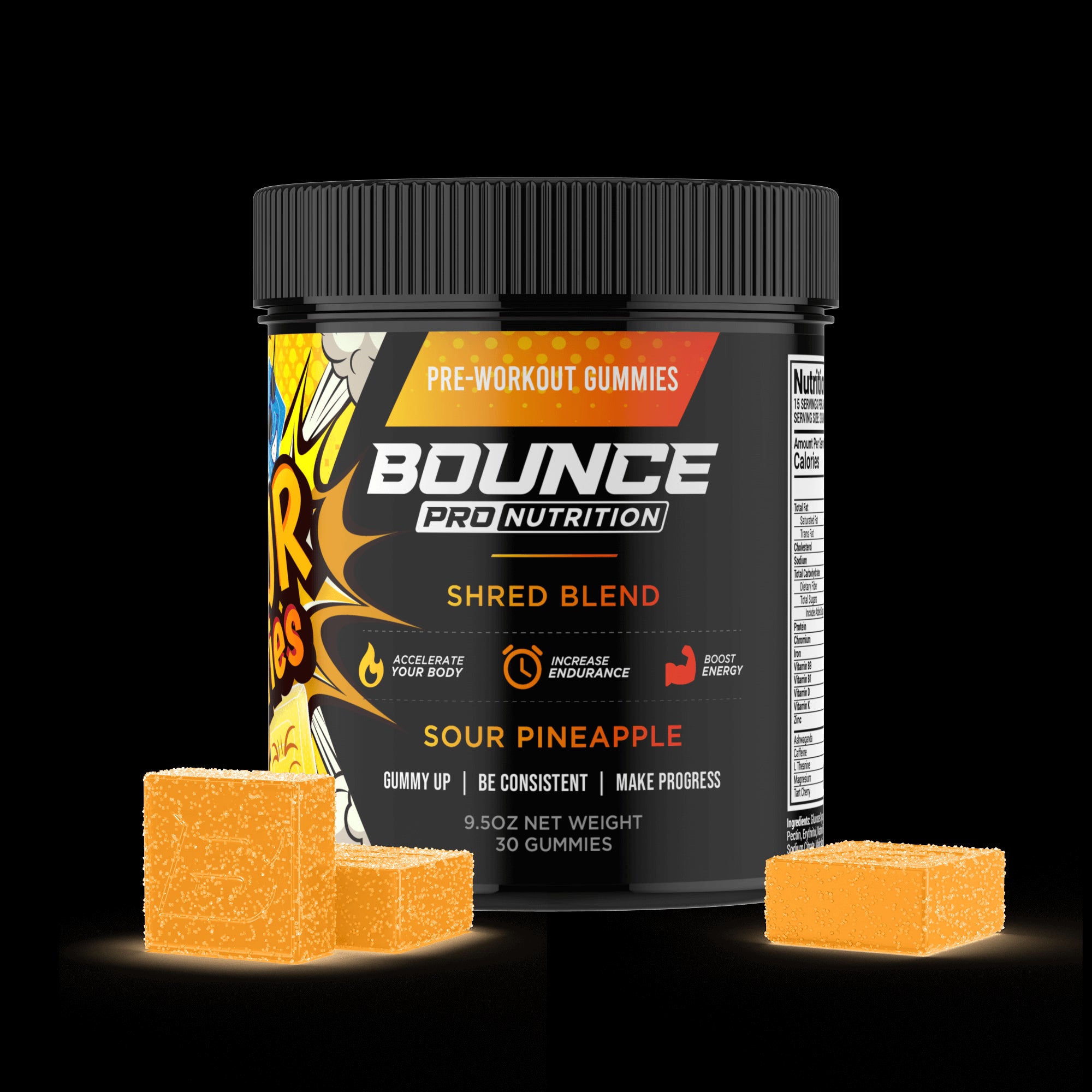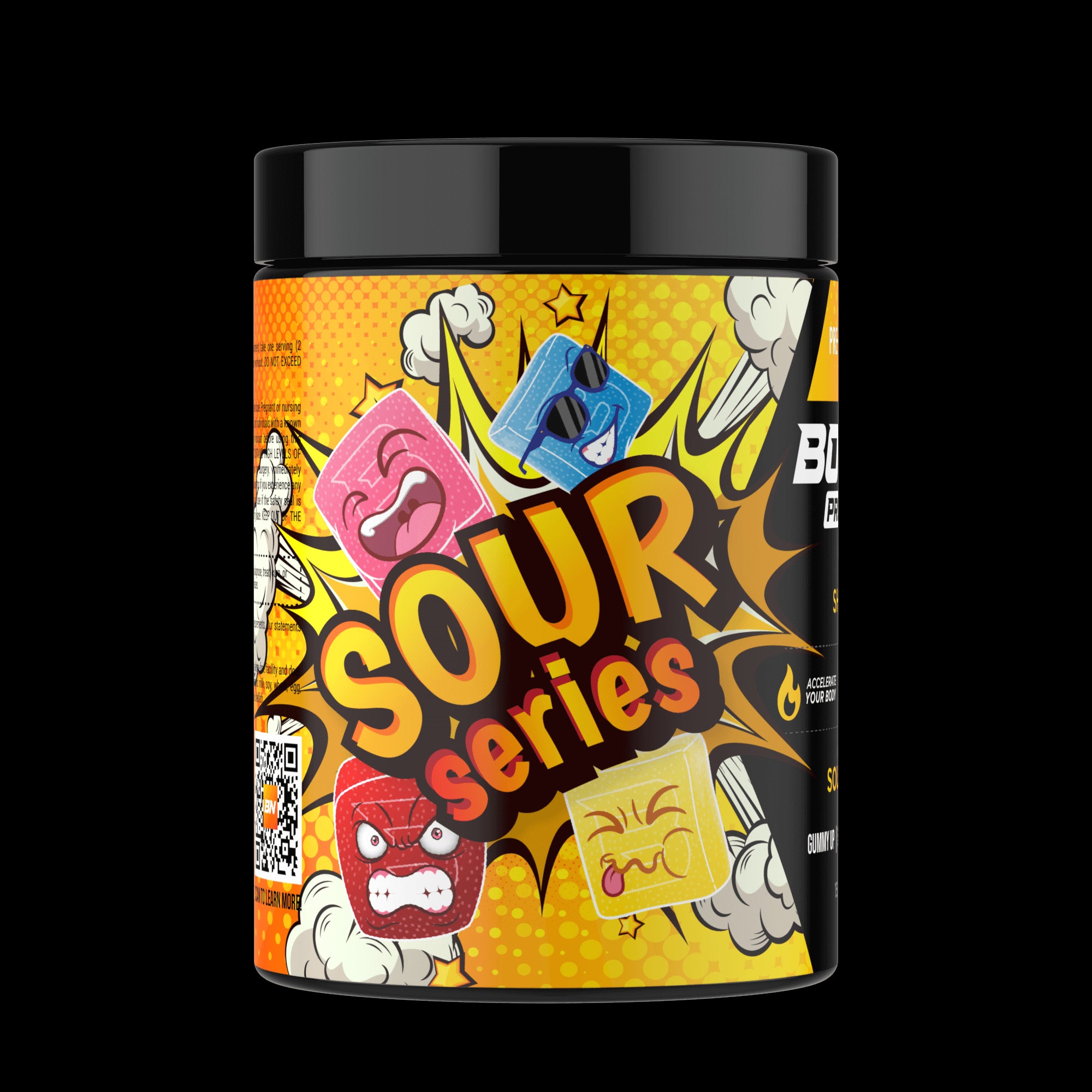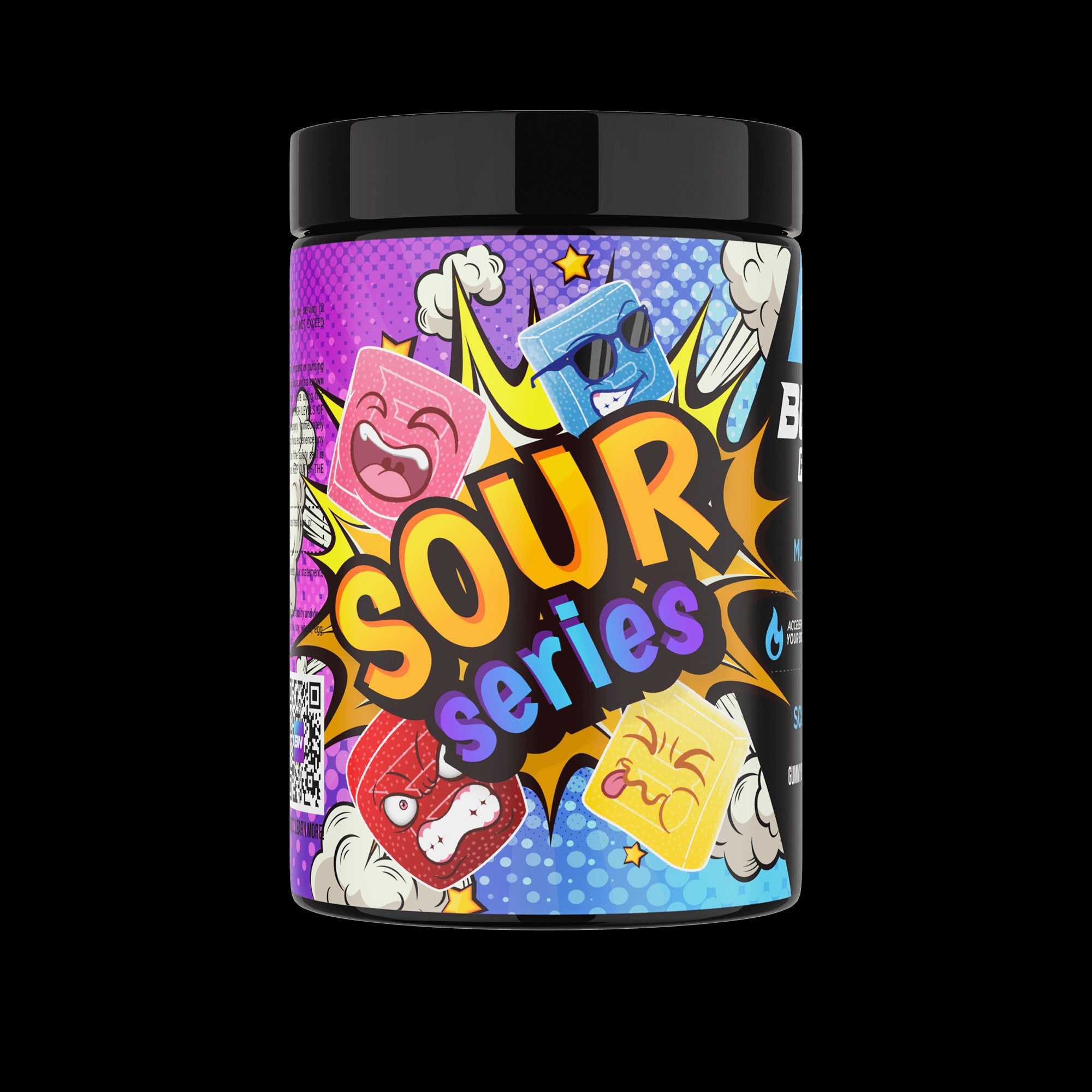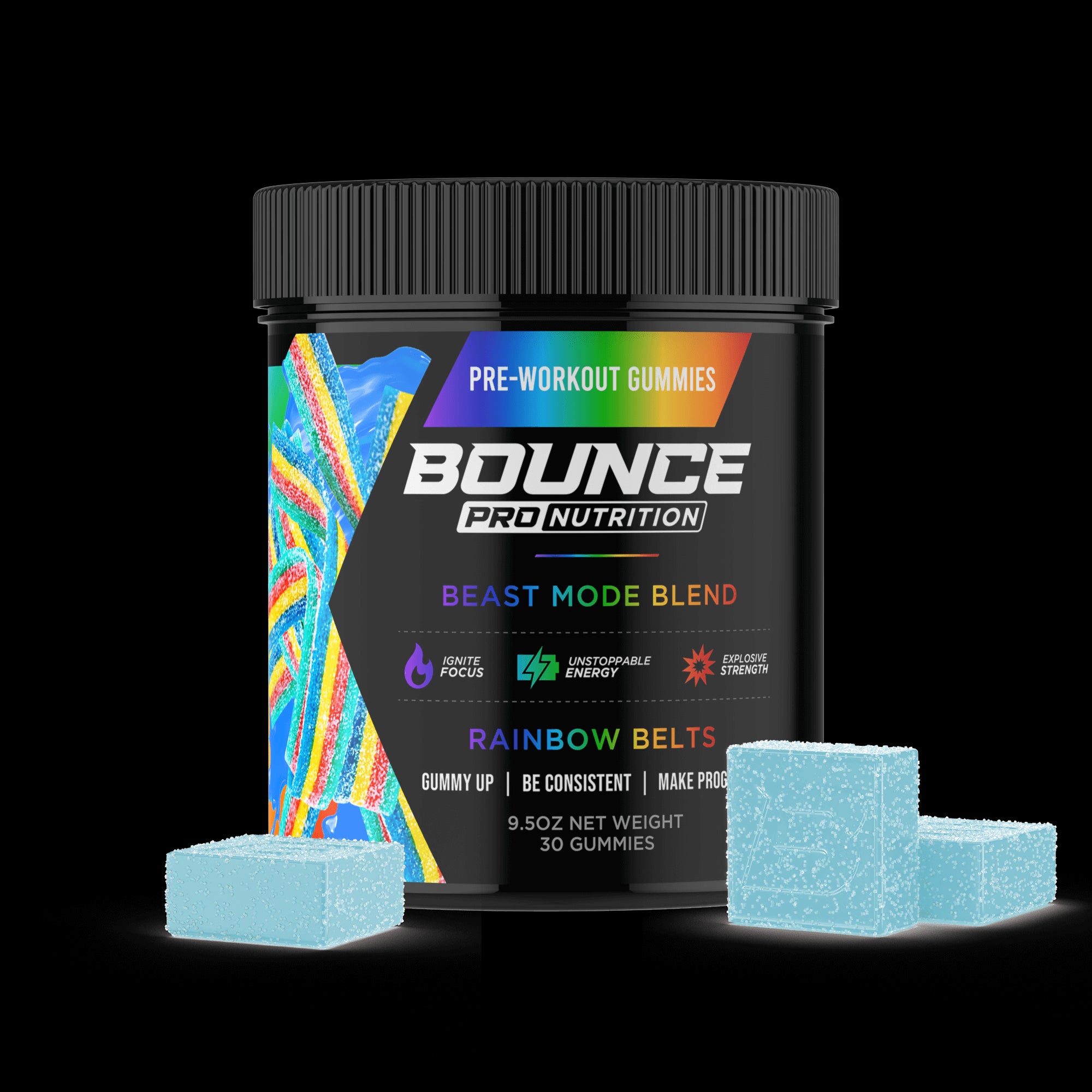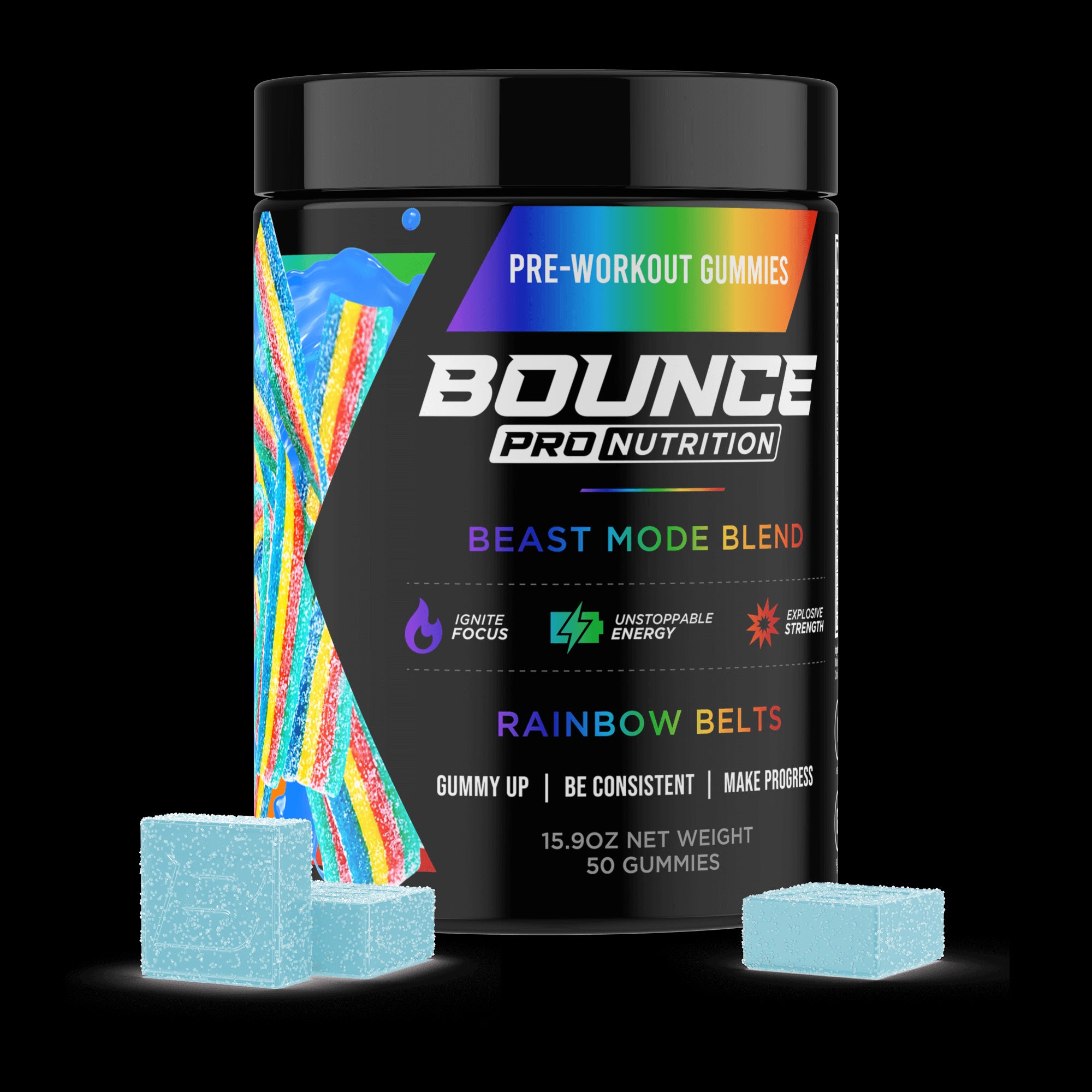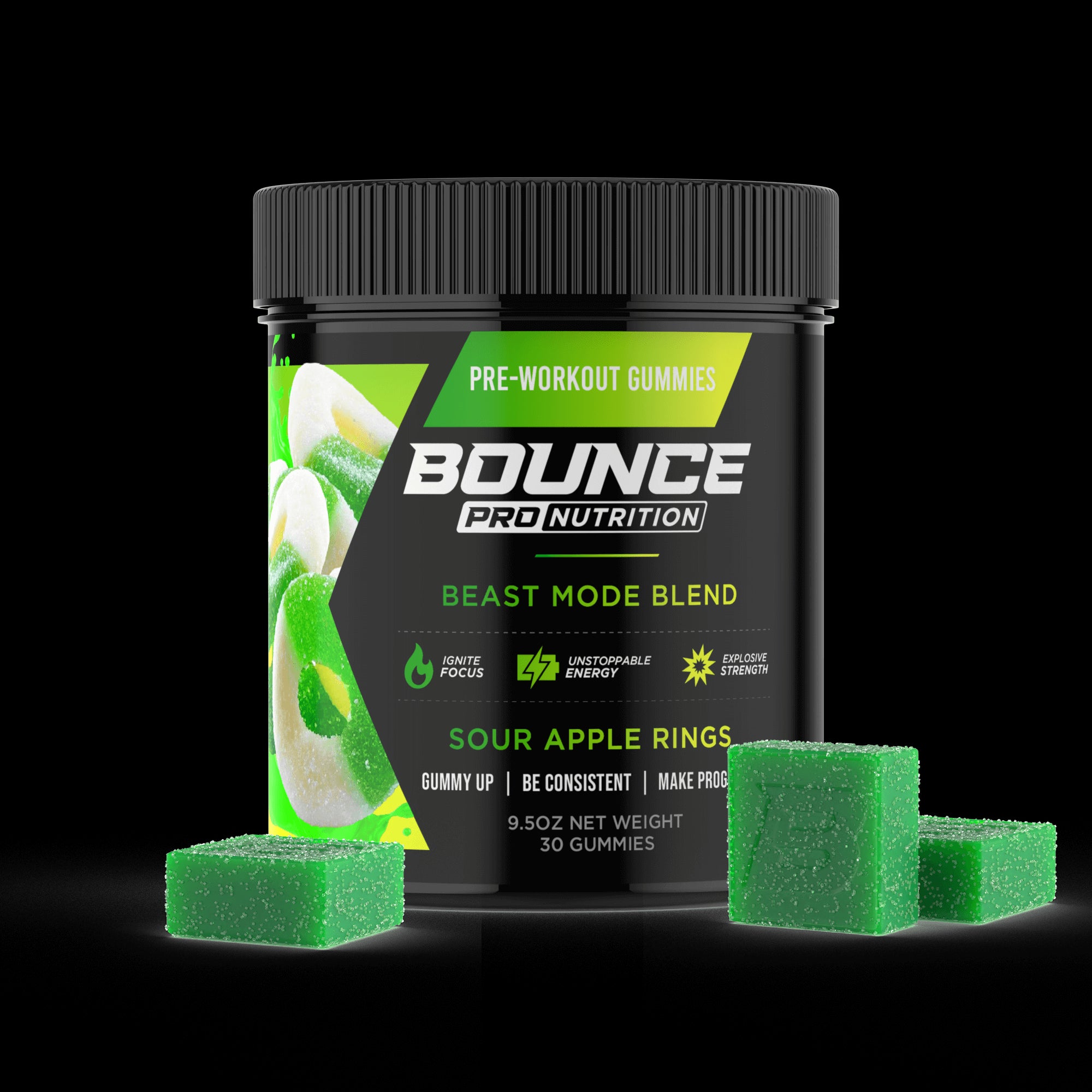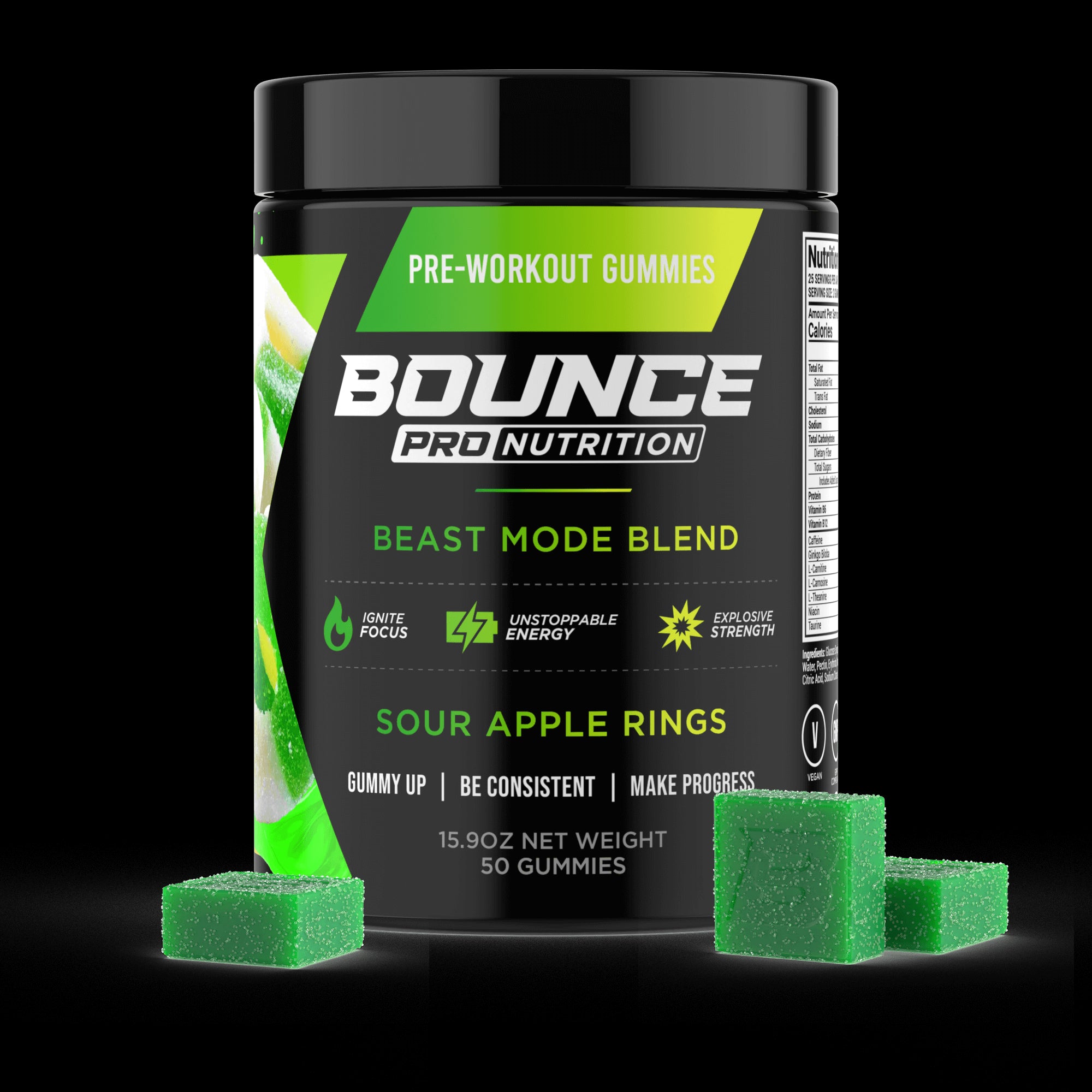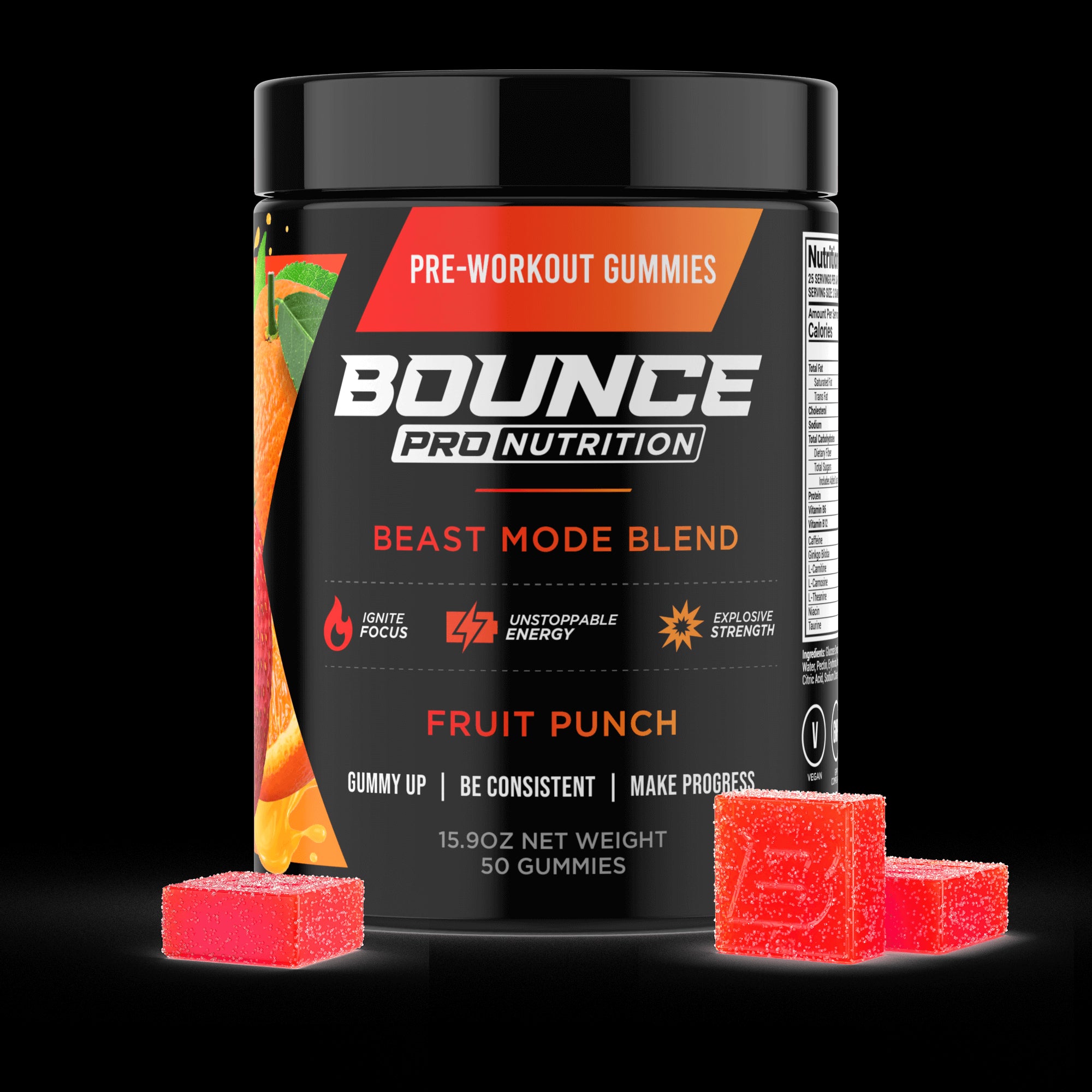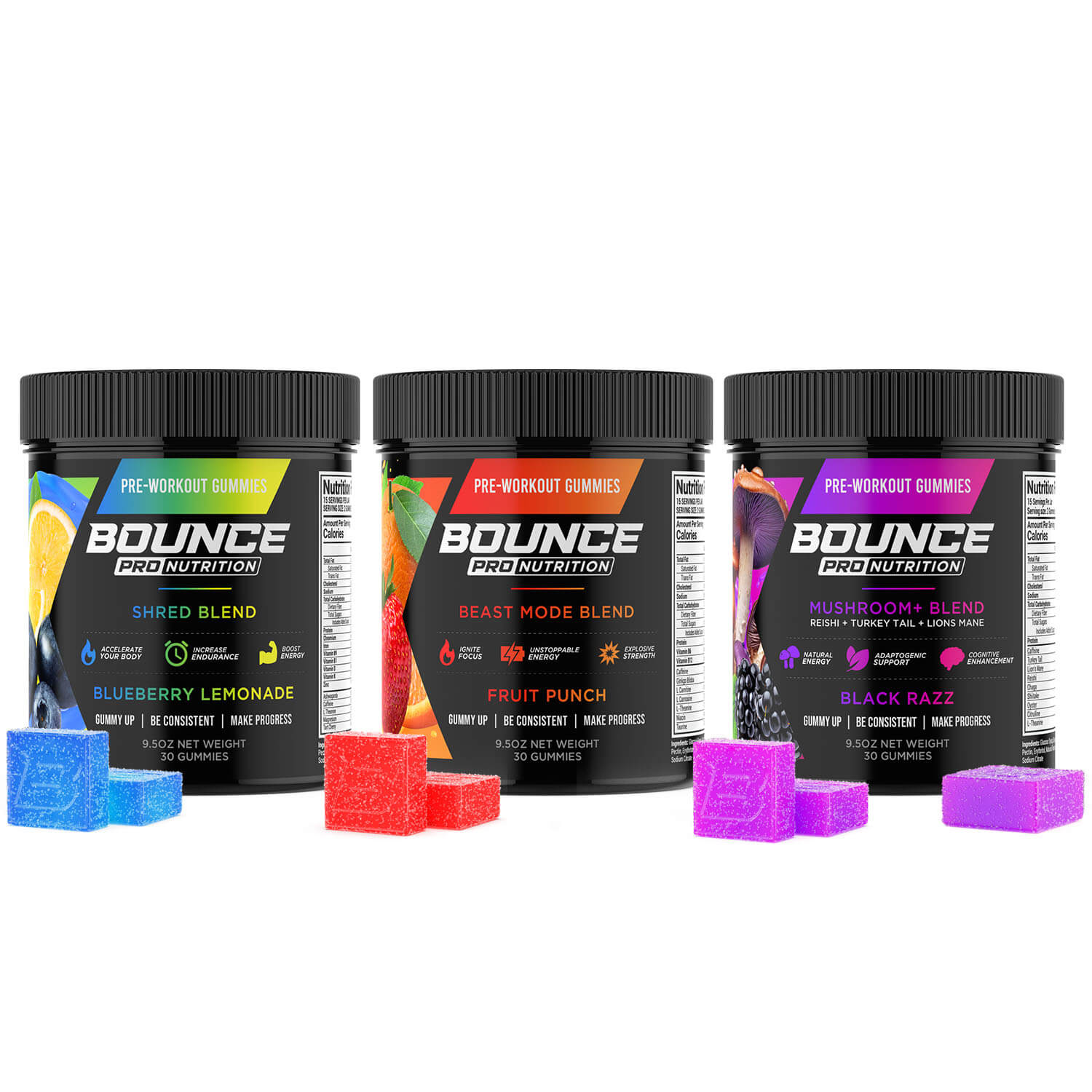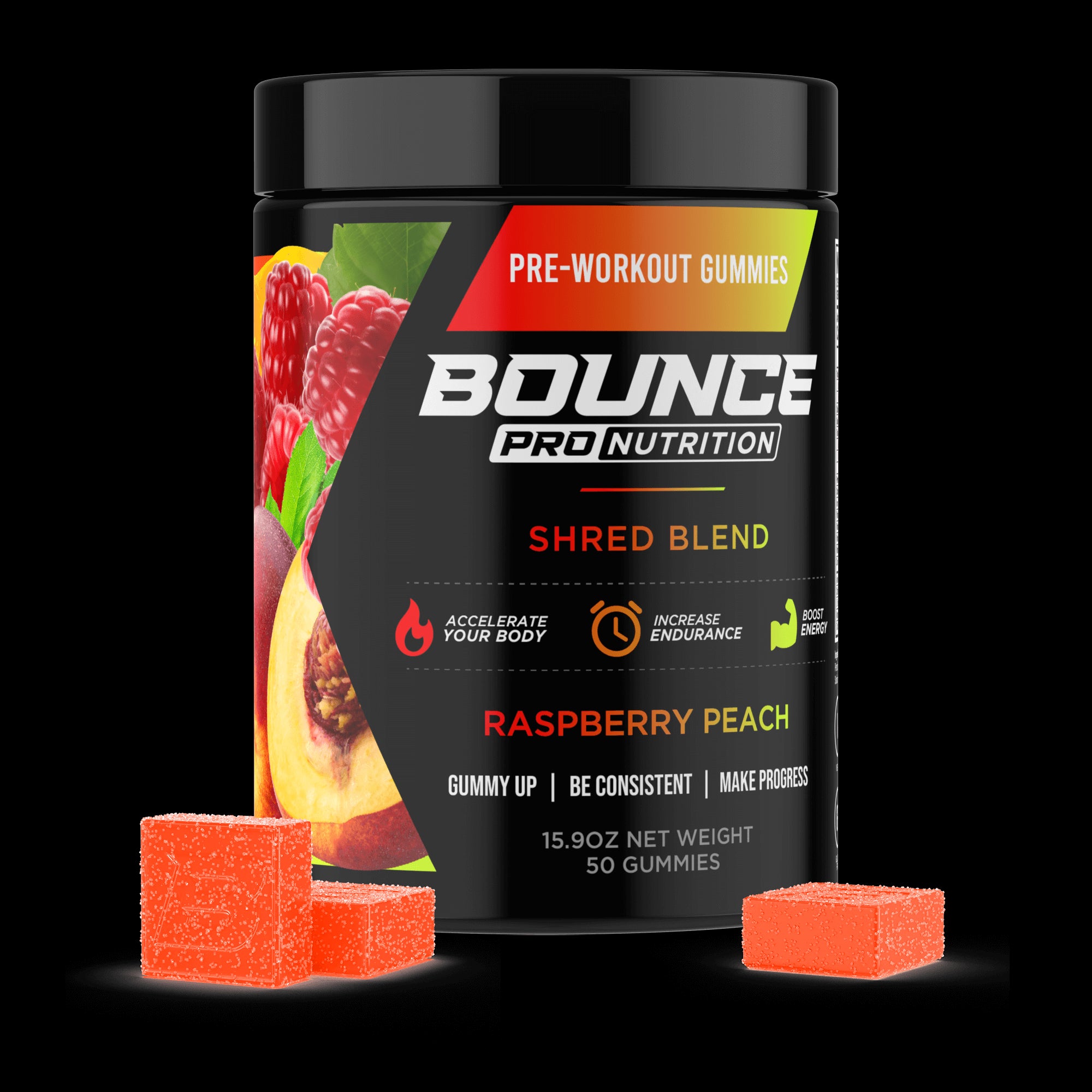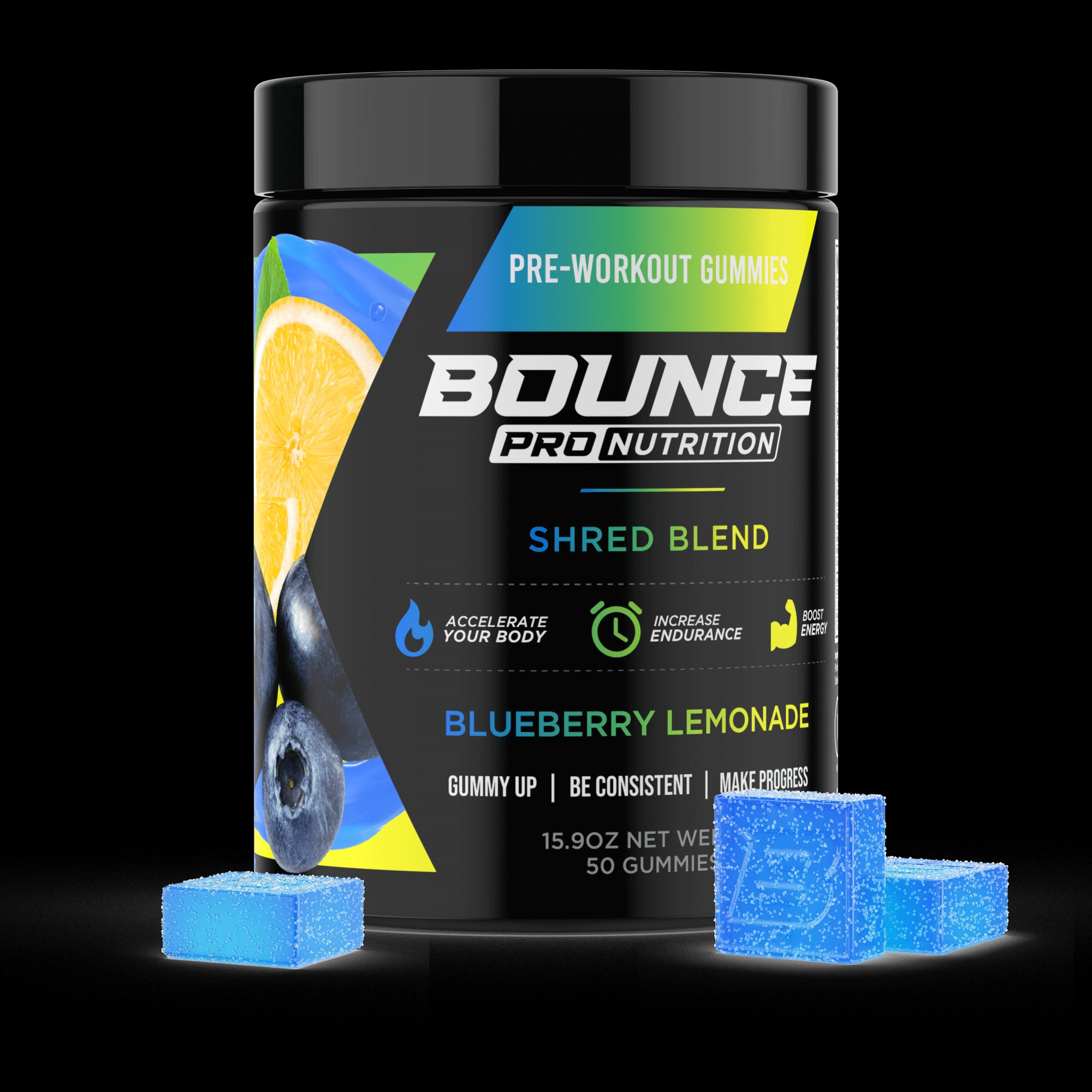Imagine a world where your muscle-building supplements taste like a fruity treat – and are free of anything that might upset your sensitive stomach. Forget the chalky powders and gritty textures. We're diving into the fascinating world of gluten-free creatine gummies, where the power of creatine meets the demands of a gluten-free lifestyle. This isn't your average supplement; it's a carefully crafted confectionery masterpiece, designed to fuel your workouts while adhering to strict dietary needs.
Get ready to explore the intricate process behind these innovative creatine gummies, from the meticulous selection of ingredients to the rigorous quality control that ensures a safe and effective product.
TO BUY CREATINE GUMMIES CLICK HERE
What is Creatine and Its Purposes?
Creatine, a naturally occurring nitrogenous organic acid, plays a pivotal role in energy production, particularly during high-intensity, short-duration activities. It's primarily stored in skeletal muscle, where it acts as a rapid energy reserve. When you engage in intense exercise, your body uses adenosine triphosphate (ATP) for energy.
Creatine phosphate donates a phosphate group to ADP (adenosine diphosphate), rapidly regenerating ATP, thus sustaining high-intensity efforts. This process is crucial for activities like weightlifting, sprinting, and other explosive movements. Beyond physical performance, creatine also influences cognitive function, potentially improving short-term memory and reducing mental fatigue.
The body naturally produces creatine in the liver, kidneys, and pancreas, but the amount is often insufficient to maximize performance and potential benefits. Supplementation can elevate muscle creatine stores, leading to improved strength, power, and muscle mass. This increased creatine availability not only enhances physical capabilities but also supports muscle recovery by reducing muscle damage and inflammation following intense exercise. It’s important to note that individual responses to creatine supplementation can vary, and factors like diet, training regimen, and genetics influence its effectiveness.
Creatine's influence extends beyond the gym, with research exploring its potential therapeutic applications. Its role in cellular energy metabolism makes it a subject of ongoing research, with scientists investigating its potential to support overall health and well-being. By enhancing cellular energy availability, creatine may contribute to improved cellular function and resilience, impacting various physiological processes.
What Does Gluten-Free Mean?
"Gluten-free" is a term that has gained significant traction in recent years, extending beyond a dietary trend to become a lifestyle choice for many. But what exactly does it mean? In essence, gluten-free refers to a diet that excludes gluten, a protein composite found in wheat, barley, and rye. Gluten provides elasticity to dough, helping it rise and maintain its shape, which is why it's a common ingredient in many breads, pastas, and processed foods.
For individuals with celiac disease, a serious autoimmune disorder, consuming gluten triggers an immune response that damages the small intestine, leading to a range of digestive and health problems. Even trace amounts of gluten can cause severe reactions, making strict adherence to a gluten-free diet crucial. However, celiac disease isn't the only reason people opt for gluten-free products. Some individuals have non-celiac gluten sensitivity, experiencing symptoms like bloating, fatigue, and headaches after consuming gluten, even without the intestinal damage associated with celiac disease.
Furthermore, some people choose a gluten-free diet for perceived health benefits or as part of a broader wellness plan. While research on the benefits of a gluten-free diet for those without celiac disease or gluten sensitivity is ongoing, many individuals report improved digestion, increased energy levels, and reduced inflammation when they eliminate gluten. This has led to a growing demand for gluten-free products across various food categories, including snacks, baked goods, and even supplements like pre-workout gummies.
It's crucial to note that "gluten-free" isn't just a buzzword; it's a necessity for many and a conscious choice for others. For manufacturers, it means adhering to strict standards to ensure their products are truly gluten-free, from sourcing ingredients to preventing cross-contamination during production. This involves careful selection of raw materials, dedicated production lines, and rigorous testing to verify the absence of gluten. The commitment to gluten-free actually goes beyond simply removing wheat; it's about creating a safe and enjoyable experience for consumers seeking to avoid gluten for various reasons.
What are Gluten-Free Creatine Gummies?
Gluten-free creatine gummies are a specialized type of dietary supplement that combines the muscle-building benefits of creatine with the dietary restrictions of a gluten-free lifestyle. These gummies are formulated without any ingredients containing gluten, making them suitable for individuals with celiac disease, gluten sensitivity, or those who choose to avoid gluten for other reasons. They typically contain creatine monohydrate, a compound known for its ability to enhance muscle strength, power, and size, along with other gluten-free ingredients like natural sweeteners, flavorings, and gelling agents.
These gummies offer a convenient and palatable alternative to traditional creatine powders or capsules, which may contain gluten or be processed in facilities with a risk of cross-contamination. By opting for gluten-free creatine gummies, individuals can ensure they are fueling their workouts with a product that meets their dietary needs and supports their fitness goals. The combo of gluten-free ingredients and creatine allows for a supplement that caters to a wider range of dietary restrictions and preferences. The purpose: provide a safe and effective way to supplement with creatine while adhering to a gluten-free diet.
How Gluten-Free Creatine Gummies are Made
Creating gluten-free creatine gummies is a meticulous process that demands precision, quality control, and a commitment to meeting specific dietary needs. It's a delicate dance between science and culinary art, where manufacturers must carefully select ingredients, maintain a controlled production environment, and adhere to strict quality standards. The journey from raw materials to finished gummies involves a series of carefully orchestrated steps, each playing a crucial role in ensuring the final product is both safe and effective for consumers.
Before delving into the specific steps, it's essential to understand that the manufacturing process prioritizes preventing cross-contamination with gluten. This means that production facilities often have dedicated gluten-free production lines and employ strict protocols to avoid any contact with gluten-containing ingredients. Plus, the entire process is conducted in a controlled and hygienic environment to ensure product safety and maintain the integrity of the gluten-free claim. Each stage is closely monitored and documented to ensure consistency and traceability, providing consumers with confidence in the final product.
Step 1: Ingredient Selection
The foundation of any high-quality gluten-free creatine gummy lies in the careful selection of its ingredients. Manufacturers prioritize sourcing ingredients that are certified gluten-free and meet stringent quality standards. This includes selecting pure creatine monohydrate from suppliers who can guarantee the absence of gluten contamination.
Natural sweeteners, such as organic cane sugar, stevia, or monk fruit extract, are chosen to provide the desired sweetness without relying on gluten-containing additives. Gluten-free gelling agents, such as pectin derived from fruits or tapioca starch, are used to create the gummy texture. Natural fruit extracts and juices are carefully selected to impart vibrant colors and flavors, while avoiding any artificial coloring agents or preservatives that may contain gluten.
Each ingredient undergoes rigorous testing to verify its quality, purity, and compliance with gluten-free standards, ensuring that only the finest components are used in the final product.
Step 2: Creating the Base Mixture
Once the gluten-free ingredients have been selected and verified, the next step involves creating the base mixture. This is a critical stage that requires precise measurements and controlled conditions to ensure consistency and quality. The gluten-free gelling agent, typically pectin or tapioca starch, is carefully dissolved in purified water and heated to a specific temperature to activate its gelling properties.
The creatine monohydrate is then added to the mixture, ensuring it is fully dissolved and evenly distributed. Natural sweeteners and fruit extracts are incorporated, and the entire mixture is thoroughly blended to create a homogenous solution. The viscosity and temperature of the mixture are closely monitored to achieve the desired consistency, ensuring that the gummies will have the correct texture and mouthfeel.
This stage is crucial for achieving a uniform distribution of creatine throughout the gummies and preventing any clumping or inconsistencies.
Step 3: Pouring and Molding the Gummies
With the base mixture prepared, the next step is to pour it into molds. These molds are typically made from food-grade silicone, chosen for its flexibility and non-stick properties, which allow for easy release of the creatine gummies once they have set. The pouring process is carefully controlled to ensure that each mold is filled evenly and to the correct level, preventing variations in size and shape. Automated dispensing systems are often used to ensure precision and consistency.
The molds are then placed in a temperature-controlled cooling chamber or allowed to set at room temperature, depending on the specific formulation and gelling agent used. This cooling process allows the gelling agent to solidify, transforming the liquid mixture into chewy gummies.
Step 4: Removal from Molds
After the creatine gummies have fully set, they are carefully removed from the molds. This process requires gentle handling to prevent damage to the delicate gummies. The flexibility of the silicone molds allows for easy release, ensuring that the gummies retain their intended shape and texture. The removed gummies are placed on clean, sanitized surfaces or trays for further processing. This step is crucial in maintaining the aesthetic appeal and structural integrity of the final product, ensuring that each gummy is visually appealing and free from defects.
Step 5: Quality Control
Quality control is a paramount aspect of the manufacturing process, ensuring that the final product meets the highest standards of safety and efficacy, especially regarding gluten-free claims. The gluten-free creatine gummies are meticulously inspected for shape, size, consistency, and appearance. They are also checked to ensure that the correct amount of creatine is distributed evenly across all gummies.
Advanced analytical techniques, such as ELISA (enzyme-linked immunosorbent assay), are used to verify the absence of gluten and ensure that the product meets the strict gluten-free standards. Any gummies that don't meet the stringent quality standards, including those with any signs of gluten contamination, are discarded, preventing them from reaching consumers.
This rigorous inspection process guarantees that only the highest quality gummies are packaged and sold, providing consumers with a safe and effective gluten-free supplement.
Step 6: Coating and Drying
To enhance the texture and prevent sticking, some manufacturers apply a light coating to the gummies. This coating must also be gluten-free and may consist of a natural food-grade wax, such as carnauba wax, or a light dusting of tapioca starch. The creatine gummies are then placed in a controlled drying chamber to remove any excess moisture and further solidify their texture.
This drying process is carefully monitored to prevent the gummies from becoming too hard or brittle, ensuring that they maintain their desired chewy consistency. The objective is to create a product that has a pleasant mouthfeel and a smooth, non-sticky surface, enhancing the overall consumer experience.
Step 7: Sorting
After the coating and drying process, the creatine gummies are sorted to remove any that are misshapen, damaged, or otherwise defective. This sorting process is typically done using automated optical sorting equipment or by trained personnel. The sorted gummies are then ready for packaging, ensuring that only the best quality products reach the consumer. This step ensures that the final product is uniform and visually appealing.
Step 8: Packaging and Labeling
The sorted creatine gummies are packaged in airtight containers or pouches to maintain their freshness and prevent moisture absorption. The packaging is designed to protect the gummies during transport and storage, ensuring that they remain in optimal condition.
The labels are carefully printed with accurate information about the ingredients, nutritional content, and recommended usage, clearly stating that the product is gluten-free. This labeling process ensures that consumers have access to comprehensive and accurate information about the product, allowing them to make informed decisions.
Step 9: Final Inspection
Before the packaged creatine gummies are shipped, they undergo a final inspection to ensure that they meet all quality and safety standards. This inspection includes checking the packaging for any damage or defects, verifying that the labels are accurate and legible, and ensuring that the product remains free from any potential gluten contamination.
Speaking of gluten contamination, for those who don’t know, gluten cross-contact occurs when a gluten-free food comes into contact with gluten-containing substances, even in tiny amounts. This is a critical concern for individuals with celiac disease or gluten sensitivity, as it can trigger adverse reactions, like we mentioned earlier. In essence, it's the unintentional transfer of gluten from a gluten-containing source to a gluten-free one.
This final step guarantees that the product is ready for distribution and consumption, providing consumers with a safe and high-quality gluten-free supplement.
Considerations for Companies Making Gluten-Free Creatine Gummies
Companies producing gluten-free creatine gummies must navigate a complex landscape of dietary restrictions, quality control, and consumer expectations. They must prioritize product safety, ingredient transparency, and strict adherence to gluten-free standards to build trust with consumers and ensure the efficacy of their supplements. This requires a commitment to ethical sourcing, rigorous testing, and continuous improvement in their manufacturing processes.
Furthermore, companies need to stay informed about the evolving landscape of gluten-free standards and regulations. As research on gluten sensitivity and celiac disease progresses, the definition and requirements for gluten-free labeling may change. Companies must remain vigilant in staying up-to-date with these changes and adapt their production practices accordingly. This ensures that their products consistently meet the latest standards and maintain compliance with labeling regulations, providing consumers with accurate and reliable information.
Consideration #1: Stringent Gluten-Free Testing
Ensuring that the final product is completely free from gluten is paramount. Companies must implement rigorous testing protocols throughout the entire production process, from raw materials to finished goods. This includes using sensitive testing methods, such as ELISA, to detect even trace amounts of gluten. Regular testing and audits are essential to maintain the integrity of the gluten-free claim and provide consumers with confidence in the product's safety.
Consideration #2: Dedicated Production Facilities
To minimize the risk of cross-contamination, companies should consider using dedicated gluten-free production facilities or implementing strict segregation protocols within their existing facilities. This involves using separate equipment, dedicated production lines, and thorough cleaning procedures to prevent any contact with gluten-containing ingredients. This investment in dedicated facilities or segregated production lines demonstrates a commitment to prioritizing the safety of consumers with gluten sensitivities.
Consideration #3: Education and Transparency
Educating consumers about the importance of gluten-free supplements and the company's commitment to quality is crucial. This can be achieved through clear and informative labeling, website resources, and educational materials. Transparency in ingredient sourcing and manufacturing processes helps build trust with consumers and demonstrates a commitment to providing safe and reliable products.
Companies should also actively engage with the gluten-free community to understand their needs and concerns, further strengthening their commitment to providing high-quality gluten-free supplements.
Now You Know the Gluten-Free Creatine Gummies Creation Process
The journey from raw, gluten-free ingredients to a muscle-boosting gummy is a testament to the dedication and innovation behind creating inclusive and effective supplements. It's a process that seamlessly blends scientific precision with culinary expertise, ensuring that those seeking a gluten-free lifestyle can enjoy the benefits of creatine supplementation without compromise.
The next time you reach for a gluten-free creatine gummy, envision the meticulous steps involved in its creation, from the careful selection of ingredients to the stringent quality control measures that guarantee its purity and safety.
Overall, these gummies represent a shift towards a more inclusive approach to fitness nutrition, where dietary needs are met without sacrificing performance or enjoyment. They embody the power of mindful manufacturing, demonstrating that it's possible to create delicious and effective supplements that cater to a wide range of dietary preferences. So, embrace the convenience and benefits of gluten-free creatine gummies today.
TO BUY CREATINE GUMMIES CLICK HERE

